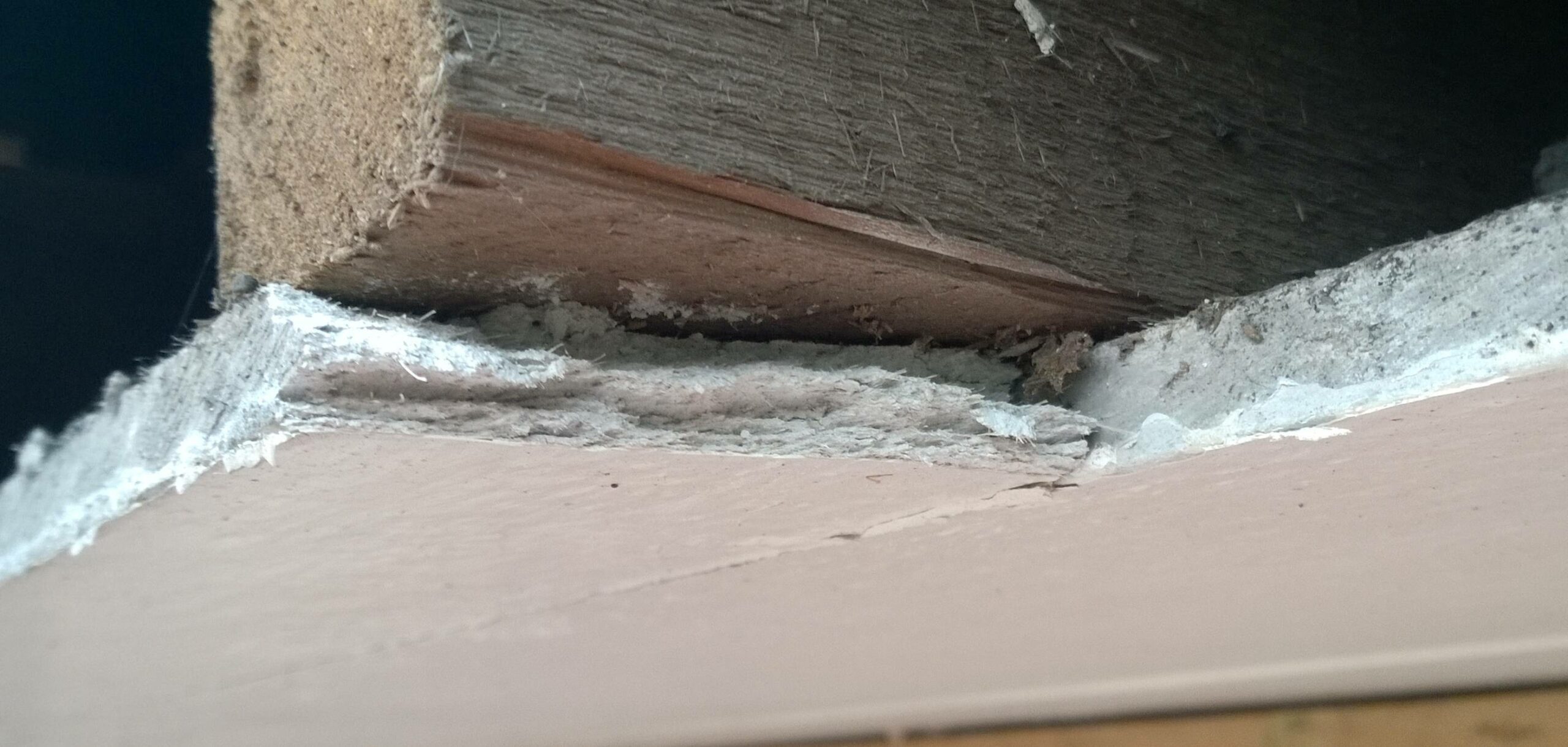The process of selecting building materials for your home involves various factors such as:
- Durability
- Cost
- Safety
Two materials that have made their mark in construction history are plasterboard and asbestos. Both have their advantages and disadvantages, but their impact on health and safety differ significantly.
Let’s delve into the details of each material, shedding light on its use, safety, and the role of a professional ceiling contractor in the detection and remediation of hazardous materials like asbestos.
Understanding Plasterboard
Plasterboard, also commonly referred to as drywall, is a popular construction material used predominantly in the creation of interior walls and ceilings. This material presents several advantages:
- Made of gypsum plaster sandwiched between two sheets of paper or other materials
- Known for its smooth finish and ease of installation
- Modern plasterboard is asbestos-free, eliminating related health risks
- A safe and reliable option for both walls and ceilings
Its safety and reliability have made plasterboard a favourite in modern Australian construction.
The Asbestos Conundrum
Asbestos, while historically popular in the construction industry, it is now known to pose significant health risks. This fibrous silicate was incorporated into various materials for its remarkable heat resistance and insulation properties. It could be found in forms such as:
- Concrete
- Plaster
- Drywall
However, the use of asbestos has been overshadowed by several issues, mainly due to the health problems it can cause when disturbed. These health risks include:
- Asbestosis
- Lung cancer
- Mesothelioma
In the past, companies like Bestwall Gypsum Company, Hamilton Materials, Inc., and National Gypsum Company included asbestos in their wall materials. However, due to the recognition of these significant health risks associated with asbestos exposure, many countries, including Australia, have discontinued its use.
The Legacy of Asbestos in Australian Homes
Despite being phased out by 1990 and officially banned in 2003, asbestos may still be present in many older Australian homes, especially those built or renovated before 1987. It can be found in various forms, including:
- Concrete
- Plaster
- Drywall
If you’re planning a home renovation, understanding and managing any potential asbestos risks is crucial. Disturbing asbestos during renovations can release hazardous fibres into the air, increasing the risk of developing serious health conditions such as malignant mesothelioma or lung cancer.
This is where the expertise of a professional ceiling contractor becomes invaluable. A qualified ceiling contractor can help detect and manage the presence of asbestos.
This process involves inspecting the property, checking the date of construction, and assessing the texture of the plaster. If any materials are suspected to contain asbestos, they should not be disturbed by untrained individuals.
Instead, according to the Home Industry Association (HIA), homeowners should engage a licensed asbestos removalist to handle any suspected asbestos materials. While home renovators do not legally require a license to remove asbestos-containing material, it’s a task fraught with danger and is best left to professionals.
All Australian states and territories have a code of practice for the safe removal of asbestos, ensuring the protection of both the homeowners and the professionals involved. Safe disposal of asbestos isn’t just about removing a health risk, but also about disposing of the materials in a way that doesn’t put others at risk.
Remember, when it comes to asbestos, safety is crucial, and professional assistance is the best way to guarantee that safety.
Asbestos vs Plasterboard
Plasterboard and asbestos, while both used in the construction of walls and ceilings, have very different profiles when it comes to safety. Plasterboard, being asbestos-free, safe to use, and easy to install, is now the preferred choice for construction in Australia.
It offers a smooth finish and reliable durability, without the health hazards associated with asbestos. Asbestos, on the other hand, despite its effective insulation and fire resistance, is shunned due to the potential health risks it poses.
Its presence in any home or building requires immediate attention and professional handling to ensure safety.
Embracing the Benefits of Plasterboard
In the comparison between plasterboard and asbestos, it is clear that safety and health concerns tip the balance towards plasterboard. If you live in an older Australian home, remember the importance of asbestos detection and the role a qualified ceiling contractor plays in this.
They can provide a professional assessment and, if necessary, execute a safe asbestos removal process. When it comes to your home, safety should always be a top priority, even if it means seeking professional help.





























